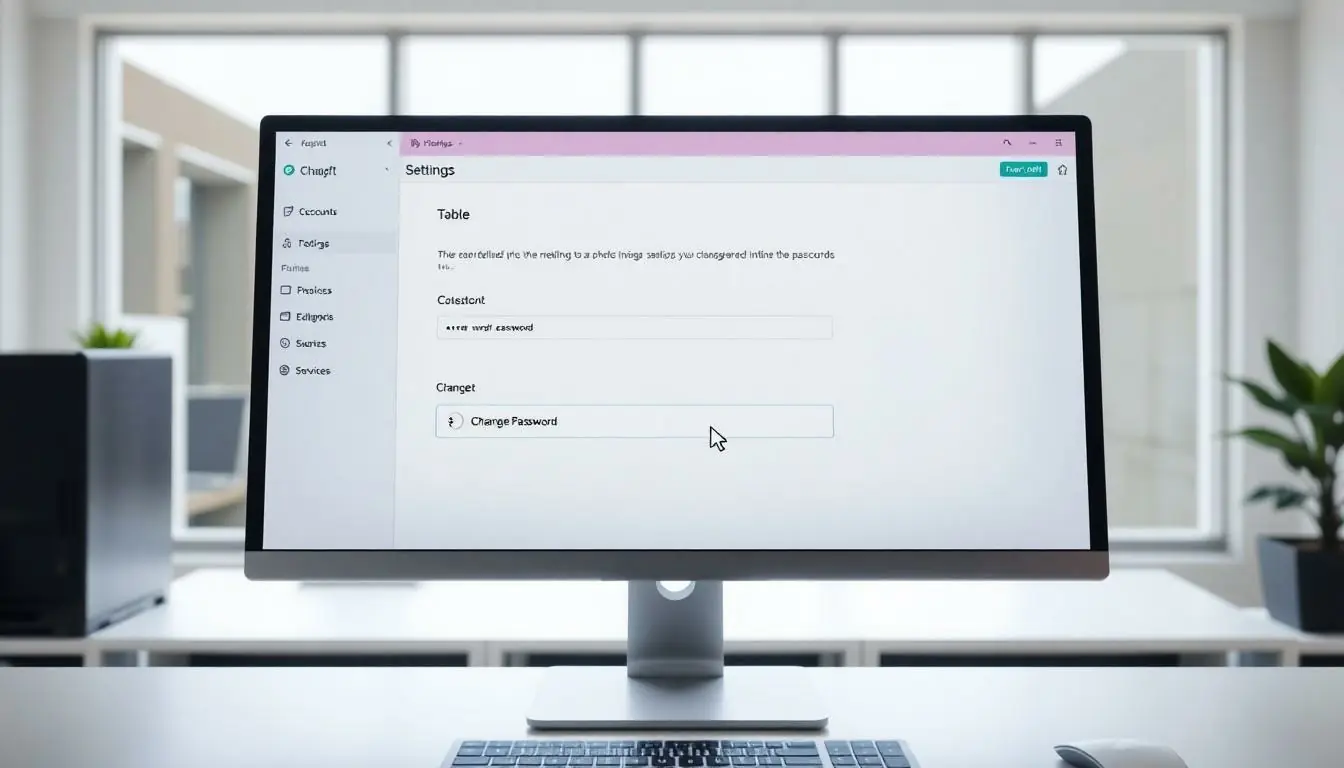Table of Contents
ToggleIn a world where passwords are the digital equivalent of a secret handshake, keeping yours secure is crucial. If you’ve ever found yourself wondering how to change your ChatGPT password, you’re not alone. Maybe you just want to spice things up or perhaps you suspect your cat has been snooping around your account. Whatever the reason, changing that password is a smart move.
Overview of ChatGPT Password Management
Password management plays a crucial role in safeguarding accounts. ChatGPT offers a user-friendly approach to changing passwords, ensuring a secure and simple process. Changing passwords can help mitigate security risks and protect personal information.
Users frequently explore the option to change their password for various reasons, including potential breaches or the desire for enhanced security. Maintaining strong, unique passwords is essential for all online accounts, including ChatGPT.
To change a password, access the account settings page. Look for the password management section where the option to update the password is available. Users must enter their current password, followed by the new password. Set a strong password that includes a mix of letters, numbers, and special characters for optimal security.
After submitting the changes, a confirmation message usually appears. This message ensures users that their password has been successfully updated. Engaging in regular password updates is advised, ideally every few months, to minimize security vulnerabilities.
Using password managers can simplify this process. These tools securely store passwords, making it easier for users to manage them without needing to remember each one. Convenience and security balance together with regular updates and unique passwords, effectively bolstering account protection in ChatGPT and other platforms.
Steps to Change Your Password

Changing a ChatGPT password is straightforward. Follow these steps for a seamless experience.
Accessing Account Settings
First, log into your ChatGPT account. Navigate to your profile icon located in the top right corner. Click on the icon to reveal a dropdown menu. Select “Account Settings” from the list presented. This section allows management of your account details, including the password.
Locating the Password Change Option
Within the account settings, find the “Security” tab. This tab contains options for managing login credentials. Look for the option labeled “Change Password.” It usually appears as a prominent button or link. Clicking this option takes users to the password change interface.
Entering Your New Password
Enter your current password in the specified field. After that, input your new password, ensuring it meets the specified security requirements. Typically, a strong password includes a mix of letters, numbers, and symbols. Confirm the new password by entering it a second time in the designated field. After completing this step, submit the changes to finalize the process. A confirmation message will appear to indicate success.
Tips for Creating a Strong Password
Creating a strong password improves account security significantly. A combination of letters, numbers, and symbols adds complexity.
Characteristics of a Strong Password
A strong password should contain at least 12 characters. It mixes uppercase letters, lowercase letters, numbers, and special symbols. Avoid using easily guessed information such as birthdays or common words. Random phrases can offer both security and memorability. Long and unique passwords enhance protection against unauthorized access.
Password Management Tools
Password management tools simplify the process of creating and storing passwords. Users can choose applications like LastPass or Bitwarden. These tools generate complex passwords automatically and save them securely. They allow users to access multiple accounts without memorizing every password. Emphasizing security, some tools offer two-factor authentication which adds an extra layer of protection.
Common Issues When Changing Passwords
Changing a password can lead to specific challenges that users may encounter. Recognizing these issues helps streamline the process.
Forgotten Password Situations
Users may forget their current passwords while attempting changes. This situation requires going through the password recovery process. To reset a forgotten password, users should click on the “Forgot Password?” link found on the login page. After providing the registered email address, an email with recovery instructions appears. Following the link in the email allows users to create a new password. Keeping recovery information updated ensures smooth password resetting when needed.
Error Messages and Solutions
Several error messages can occur during the password change process. Receiving a “Password does not meet security requirements” message indicates the need for a stronger password. Users must include at least 12 characters, mixing letters, numbers, and symbols. If users see a “Current password is incorrect” message, double-checking the entered password helps correct this issue. Follow the prompts to refresh and retry the process. Addressing these common error messages ensures users can successfully update their passwords efficiently.
Changing a password in ChatGPT is a straightforward process that can significantly enhance account security. By following the outlined steps users can easily update their passwords and protect their information. Regularly changing passwords and utilizing strong combinations of characters are essential practices in today’s digital landscape.
Incorporating password management tools can further streamline the experience by securely storing and generating complex passwords. This proactive approach not only safeguards personal data but also promotes peace of mind while using online services. Staying vigilant about password security is a crucial step in maintaining a safe online presence.







